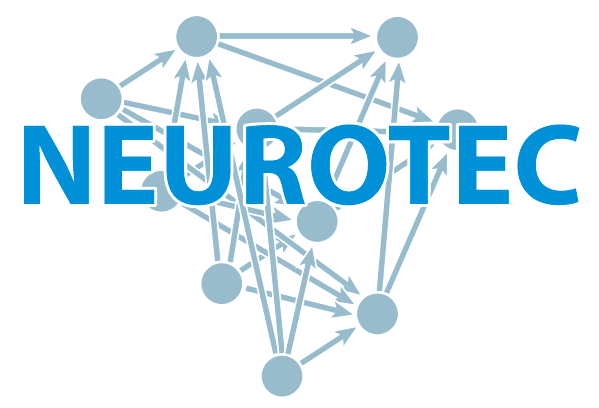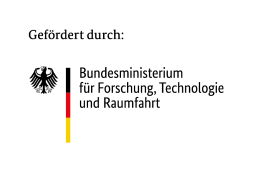
We see the opportunity for a digitally sovereign Germany with technology leadership in energy-efficient neuromorphic AI. In particular, the Jülich-Aachen region should become a globally visible center for neuromorphic computing.
Digitization is affecting our entire society - in business, industry, transportation, communications, culture and entertainment. At the same time, the share of information technology in electricity consumption is growing quite significantly, combined with an intensification of the global challenge of climate protection. In addition, artificial intelligence (AI) already accounts for a large and growing share of information technology.
The vision of the structural change project NEUROTEC is to research and develop alternative ways of neuromorphic computing for a future AI that is orders of magnitude more energy efficient compared to state-of-art computing. In this way, the NEUROTEC project contributes to a more sustainable growth of AI. And at the same time, it creates new added value in the Rhenish mining area with the preservation of existing and the creation of new industrial jobs in the region.

We in NEUROTEC form a nucleus to a comprehensive neuromorphic technology for artificial intelligence. We leverage the potential of the key innovation memristor for neuromorphic computing. We use our extensive fundamental knowledge of memristive materials and devices, integration concepts, modeling, metrology, circuit design, and algorithms to demonstrate neuro-inspired systems of hardware and software.
The starting position is particularly favorable in the Jülich/Aachen region in international comparison. We have internationally recognized focal points in the field of the fundamentals of so-called memristive materials and devices, based on phase change materials and redox-active materials. These new hardware elements are of particular importance for neuromorphic computing (NC) because their functionality promises a significant improvement in energy efficiency compared to conventional semiconductor devices. The Aachen/Jülich site has done pioneering work in this area and has been funded by the German Research Foundation since 2009 as part of the Collaborative Research Center SFB 917 "Nanoswitches". We also have strong electrical engineering at both FZJ and RWTH Aachen University, with a focus on digital and analog semiconductor chip design and chip architectures.
Around us, we have strong computer science at RWTH Aachen University with a focus on algorithms, computer vision, speech recognition and machine learning. Jülich also has strong basic neuroscience research with a focus on elucidating the relationship between the architecture, dynamics and function of the brain, the world's leading software for simulating natural size neural networks, and the scientific leadership of the European Human Brain Flagship project (HPB). We were also able to bridge the gap between memristive devices on the one hand and the Supercomputer Center and neuroscience on the other hand via the establishment of two new institutes on NC (PGI-14 and PGI-15) at Forschungszentrum Jülich.
The joint project NEUROTEC - Neuro-inspired artificial intelligence technologies for the electronics of the future - builds on this starting position. In the project, we cover the entire basic technology of NC for artificial intelligence. The focus is on memristive materials and devices. We research and develop the deposition and integration technologies of memristive materials, circuit design and architectures, modeling and simulation, and metrology up to hardware-software systems on NC demonstration chips. In the NEUROTEC project, regional companies for the deposition of memristive materials on semiconductor substrates, for metrology, for circuit design and for system integration are involved either as project partners or as associated partners. In addition, novel applications for conventional digital, analog and mixed analog-digital semiconductor circuits are being investigated in the NC. They are based on further inspirations on the functioning of the brain from neuroscience, such as the extremely sparse coding of signals in the brain in space and time or three-dimensional connectivity. In all approaches, the goal of increasing energy efficiency is central.
As a complementary addition to the NEUROTEC project, we have been able to acquire the future cluster NeuroSys - Neuromorphic Hardware for Autonomous Systems - within the framework of the BMBF's Clusters4Future Initiative under the leadership of RWTH Aachen University and the Johannes Rau Institute AMO. The NeuroSys cluster is designed in a top-down manner and is intended to broaden the field from applications (automatic speech recognition, computer vision, machine learning in medicine) to new but already tested technologies. This is an excellent complement to the NEUROTEC project, which is bottom-up and extends from material technologies to simple NC systems with a more exploratory character.








